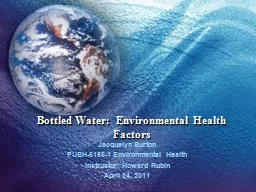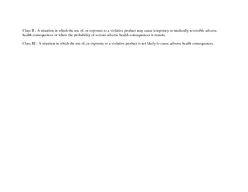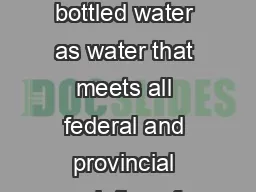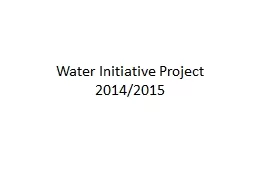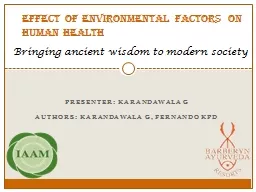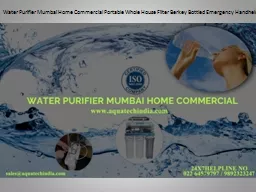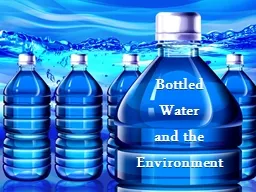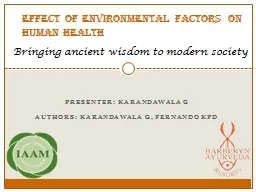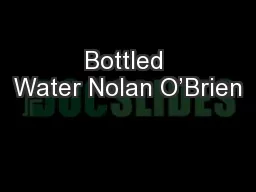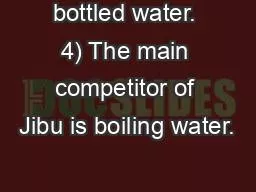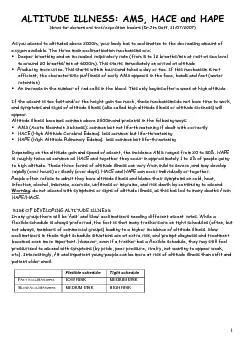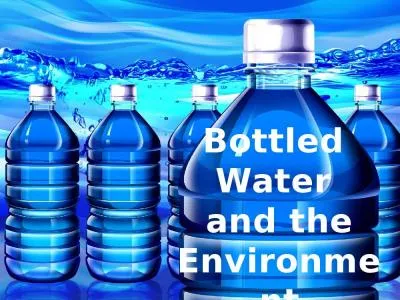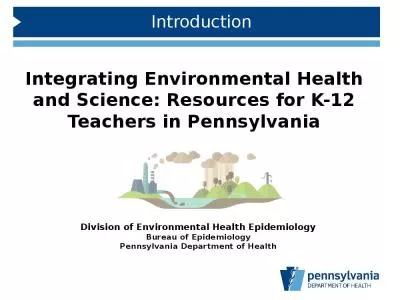PPT-Bottled Water: Environmental Health Factors
Author : olivia-moreira | Published Date : 2017-11-17
Jacquelyn Burton PUBH51651 Environmental Health Instructor Howard Rubin April 24 2011 Introduction Bottled water versus tap water For better For worse Overview
Presentation Embed Code
Download Presentation
Download Presentation The PPT/PDF document "Bottled Water: Environmental Health Fac..." is the property of its rightful owner. Permission is granted to download and print the materials on this website for personal, non-commercial use only, and to display it on your personal computer provided you do not modify the materials and that you retain all copyright notices contained in the materials. By downloading content from our website, you accept the terms of this agreement.
Bottled Water: Environmental Health Factors: Transcript
Download Rules Of Document
"Bottled Water: Environmental Health Factors"The content belongs to its owner. You may download and print it for personal use, without modification, and keep all copyright notices. By downloading, you agree to these terms.
Related Documents

